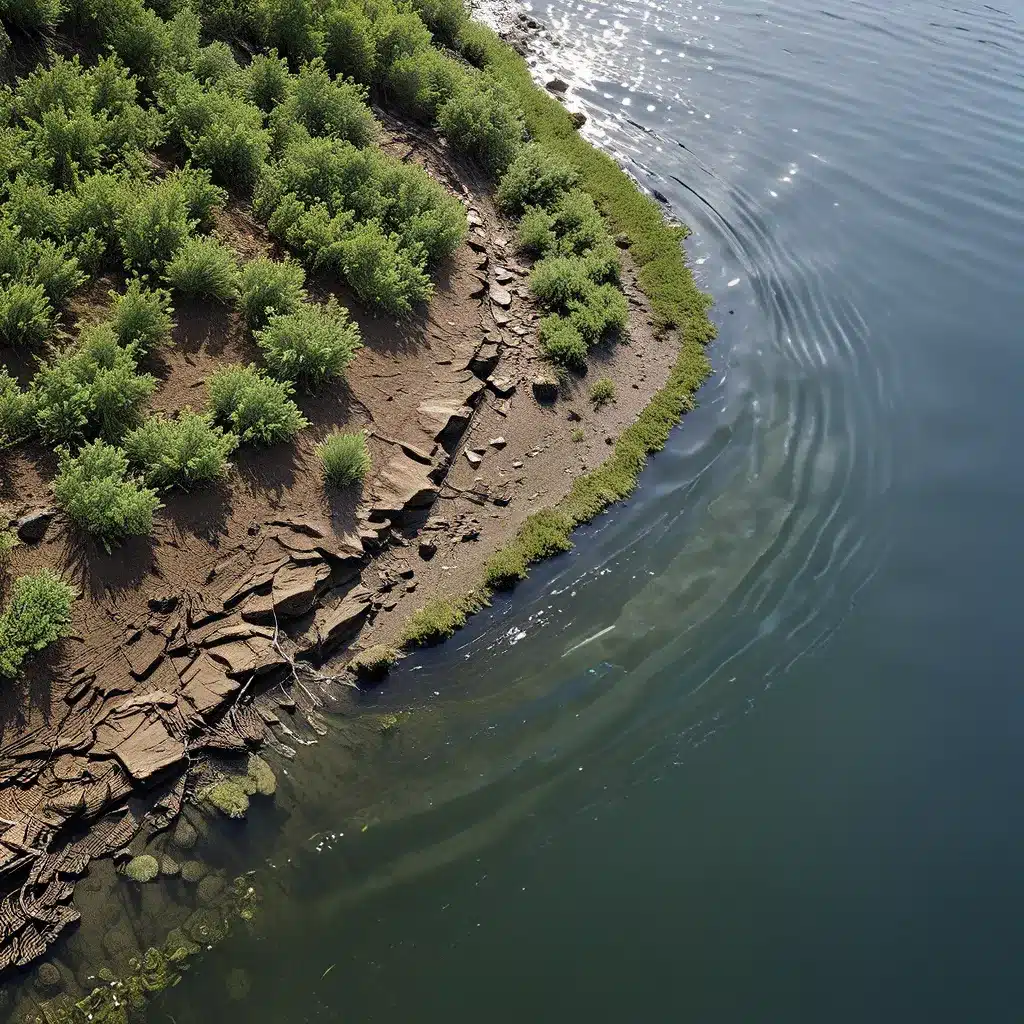
Diving into a Techno-Aquatic Revolution
When it comes to the world of environmental services, the ripples of technological advancement are creating quite a splash. From the murky depths of water treatment to the shimmering surfaces of sustainable energy, a veritable tsunami of innovation is sweeping through the industry. And I, for one, am eager to ride the crest of this techno-aquatic revolution.
As I delve into the myriad of transformative technologies reshaping the environmental services landscape, I can’t help but feel a surge of excitement. It’s like stumbling upon a hidden underwater treasure trove, where each new discovery unveils a world of possibilities. And let me tell you, the treasures we’re unearthing are nothing short of breathtaking.
Blockchain’s Tidal Wave of Transformation
Take blockchain, for instance. This decentralized digital ledger system, often hailed as the backbone of cryptocurrencies, has quietly been making waves in the environmental services industry. As Forbes reports, blockchain technology is poised to revolutionize the way we manage and monitor our environmental resources.
Imagine a future where every drop of water, every kilowatt of renewable energy, and every ton of waste is meticulously tracked and accounted for on an immutable blockchain. Gone would be the days of opaque supply chains and dubious sustainability claims. Instead, we’d have a transparent, tamper-proof system that could validate the provenance and purity of our environmental assets.
But the benefits of blockchain extend far beyond mere record-keeping. Smart contracts, those programmable agreements that automatically execute when predefined conditions are met, could revolutionize the way we manage water treatment and distribution, energy grids, and waste management systems. Just picture a world where leaks are automatically detected and repaired, renewable energy is seamlessly distributed, and recycling programs are optimized to the last particle.
And the possibilities don’t stop there. Tokenization, the process of converting real-world assets into digital tokens on a blockchain, could unlock new avenues for investment and collaboration in the environmental services industry. Imagine fractional ownership of water treatment facilities or renewable energy projects, where individuals and organizations can participate in the growth and sustainability of our shared resources.
Diving into the Data Deluge
Of course, blockchain is just one of the many technological marvels making waves in the environmental services sector. Another area that’s been making a splash is the ever-expanding world of data and analytics.
As the US National Intelligence Council’s Global Trends 2040 report highlights, the explosion of data generated by sensor networks, IoT devices, and satellite imagery is transforming the way we understand and manage our environment. From real-time monitoring of water quality and air pollution to predictive modelling of climate patterns and natural disasters, the deluge of data is empowering environmental professionals to make more informed, data-driven decisions.
But the true power of data lies in its ability to unlock new insights and drive innovation. By harnessing the power of machine learning and artificial intelligence, environmental services companies can uncover hidden patterns, optimize processes, and anticipate emerging challenges. Imagine a world where water treatment plants can predict equipment failures before they occur, or where waste management facilities can dynamically adjust their operations to meet shifting demand.
And the benefits of this data-driven approach extend far beyond the confines of the environmental services industry. Citizen science initiatives, where everyday people contribute data through mobile apps and sensor networks, are giving rise to a new era of collaborative environmental stewardship. Imagine a future where every individual can play a part in monitoring and improving the health of our shared ecosystems.
Surfing the Waves of the Fourth Industrial Revolution
But the true transformative power of these technologies lies in their ability to converge and amplify one another. As we enter the era of the Fourth Industrial Revolution, as described by the World Economic Forum, the lines between the physical, digital, and biological worlds are blurring, giving rise to a new wave of innovation and disruption.
In the environmental services industry, this convergence is creating a veritable tsunami of possibilities. Imagine a future where autonomous drones and robotic systems are deployed to monitor and maintain water treatment facilities, where virtual and augmented reality technologies are used to train and upskill environmental professionals, and where biotechnology and renewable materials are harnessed to create truly sustainable solutions.
The sheer scope of these transformative technologies is enough to make my head spin. And yet, as I gaze out over the ever-changing landscape of environmental services, I can’t help but feel a sense of wonder and optimism. This is a pivotal moment, a time when the ripples of innovation are building into a towering wave of change.
Riding the Crest of the Wave
So, how can we ensure that we’re riding the crest of this techno-aquatic revolution, rather than being swept away by it? Well, for starters, we’ll need to embrace a mindset of continuous learning and adaptation.
At Inland Waters Inc., we’ve been at the forefront of this technological transformation, constantly scanning the horizon for the next big wave of innovation. We’ve invested heavily in upskilling our workforce, fostering a culture of experimentation and collaboration, and forging strategic partnerships with cutting-edge technology providers.
But it’s not just about staying ahead of the curve – it’s about using these transformative technologies to create a better, more sustainable future for all. By harnessing the power of blockchain, data analytics, and the Fourth Industrial Revolution, we can unlock new levels of efficiency, transparency, and environmental stewardship.
So, as I dive deeper into the ever-evolving world of environmental services, I can’t help but feel a sense of excitement and anticipation. The future is bright, and it’s up to us to make the most of the rippling advancements that are transforming our industry. Who knows what treasures we might uncover next?


